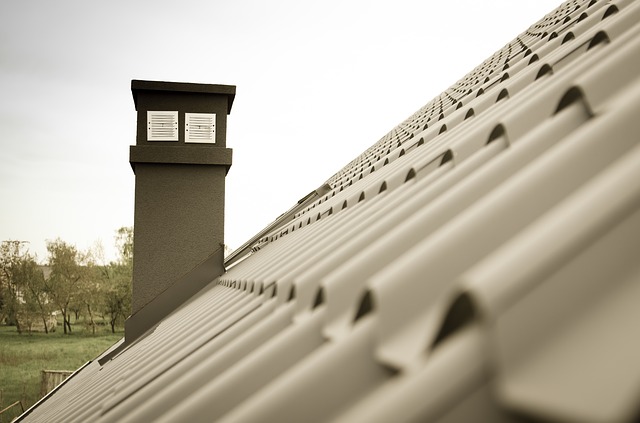From corrugated to coroline, we look at your options when it comes to choosing clear, coloured and plastic sheeting for your new prefab structure.
There is nothing quite as important as the roof over our heads.
Neglecting your tiles, choosing unfit material or settling for poor installation can only lead to one thing – a leaky roof, that’s not fit for purpose.
And it’s not just our homes we have to think of when it comes to roofing. Sheds, garages, bike huts and porches all use different forms of roofing, and are all equally as important when it comes to keeping the weather at bay.
So, if you’re thinking of building a new outdoor structure, where do you start when it comes to the roof? Here, we look at the different easy-to-install material options available to help you choose the right fit for your frame.
Option one: Corrugated sheets
You won’t have to walk too far down the street to spot a bike shed or garden porch fitted with corrugated sheeting for the roof.
But way back in the early 1800s when it was first invented, corrugated galvanised iron – to give it its proper name – was widely used for everything from warehouses and factories to simple homes and water tanks.
Originally made from wrought iron, corrugated sheets are now usually made from steel. And their popularity remains thanks to unique qualities, which include:
• Lightweight yet heavy duty by nature
• Easy and simple to install
• Cost-effective and affordable when bought in both large and small batches
• Corrosion-resistant
• Easy to transport.
Corrugated sheets are available in a range of widths, lengths and thickness – perfect for fitting the materials to your job, not the other way around. Corrugated sheeting can also be used for completing a variety of structures and will stand the test of time.
Option two: Polycarbonate sheets
Polycarbonate roof sheets are essentially made from shatterproof, strong and durable plastic. Due to the see-through properties, temperature resistance and impact resistance, polycarbonate is ideal for building greenhouses, cold frames, shed windows and simple wall structures.
The benefits of using polycarbonate sheeting include:
• Strong, tough and durable even in poor weather conditions
• Impressive heat and sound insulation power
• Easy to install
• Cost-effective due to both the material price and the fact that you can use lighter support structures.
Polycarbonate roof and wall sheeting is also cut to exactly to your requirements, making it even easier to install.
Option three: Coroline and onduline sheets
If you are hoping to build a structure with eco credentials, you won’t have to look much further than coroline sheeting / onduline sheeting.
Made from recycled cellulose fibres – which are saturated with bitumen under intense pressure and heat – coroline and onduline are great options for anyone looking to be kind to the environment, while still getting all the benefit of a durable material.
As well as utilising recycled material, these sheeting options also benefit from being:
• Easy to install
• Durable and strong
• Lightweight and easy to handle
• Multi-use, including for summer houses, sheds and workshops
• Able to withstand high weathering
• Affordable
Additionally, you won’t have to forget about style when you opt for substance. Coroline and onduline roof and wall sheets are available in a range of different shades and finishes, so you can add a little colour to your new shed, bike port or porch – you could even add green while being green (see what we did there?).
As well as colours you can also find transparent coroline or onduline sheets if you want to let in a little light.


This is a very informative blog for people thinking about replacing their roof sheeting. Coroline and onduline sheets is s great eco-friendly option. Leading on from this mention of eco credentials it is interesting to note that lead is one of the most eco-friendly materials in the industry, as today all lead is recycled and repurposed. Lead sheeting can be used for flat roofing, pitched roofs, soaking and more.